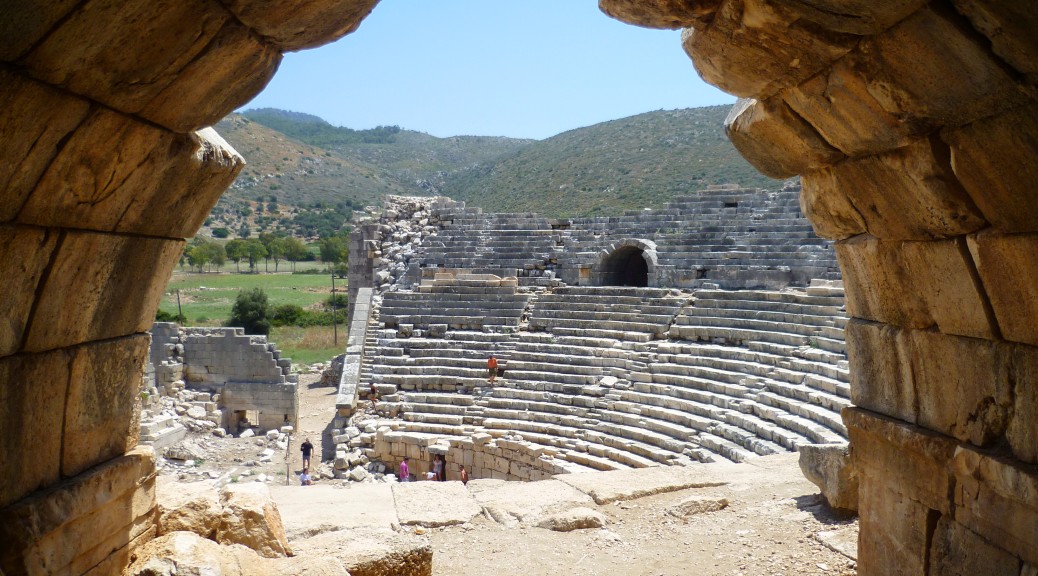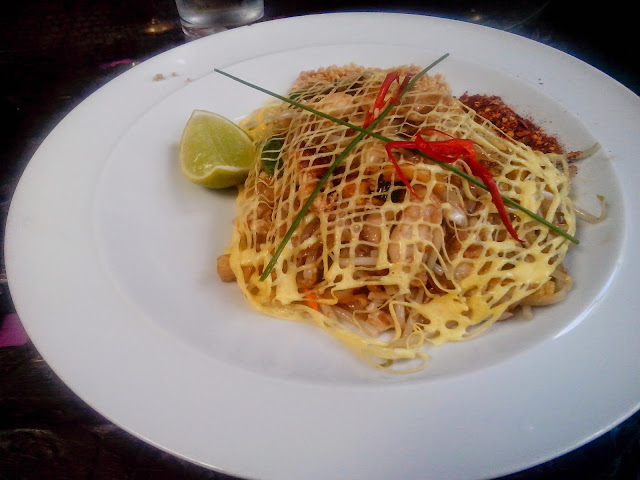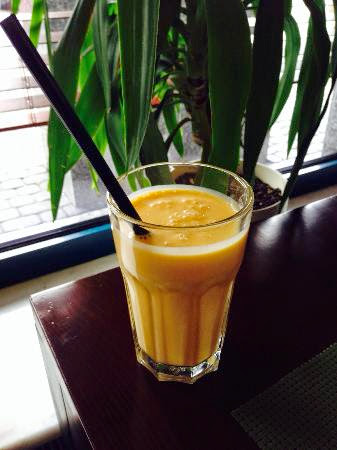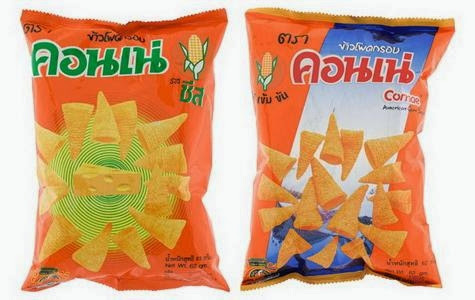The Turkish Riviera, more commonly known as The Turquoise Coast, is the stretch of coastline situated in the south western area of Turkey. It is riddled with ancient ruins, stunning beaches and water which really is turquoise.
I based myself in the sleepy town of Patara, which is 2 to 3 hours from Dalaman Airport by bus. Or three buses to be exact.
About Patara
Patara is a sleepy town which once accommodated the “Club Med” scene in the distant past, but was then discarded in favour of other more appealing towns and resorts.
Which is hilarious because Patara is quite simply wonderful. The town, set back from the beach by 2km is sleepy and almost feels like a Thai island. With local open fronted restaurants, bars, a couple of massage options and a couple of shops to buy water and supplies.
That photo above is the main high street when it is busy. Most traffic seemed to be the Dolmus minibuses.
The Beach
The beach, reached by way of the excellent locally run minibus service, is astoundingly beautiful. The beach is 18km long, with sand dunes that reach way in land. No building is allowed and thus the beach feels natural and raw – something which is very hard to find so close to Europe.
The reason that building is prohibited near the beach is because of the rare turtles which use the sand dunes to lay their eggs. Extreme cautions is required to ensure that they are not disturbed.
Fortunately the area where the minibus drops people has a small hut selling food and drink, sun loungers and umbrellas under which I hid from the incredibly hot sun. Swimming is safe and the water is warm with just enough decent waves to keep things interesting.
Access to the beach, and also the ruins costs a small fee. I purchased a 10 visit card which was so cheap that I forgot the cost. These are purchased at the gatehouse on the road between the beach and the town.
Patara’s Surprise
Patara has an incredible history. It was an important port city for the Byzantine Empire, the Romans and even the Ottomans. It was the birthplace of Santa Claus (yes – really, but I saw no elves though) and was mentioned a number of times in the bible.
What remains of the city lies on the road between the modern town and the beach. And you really can not miss it. The striking City Gate is a taster of what is to come, and once you reach the main site you will see an immense amphitheatre cut into the side of a hill. Next to the theatre is the parliament building, which has recently been saved from the sand dunes and restored. It houses a small museum explaining the process. Both the amphitheatre and the parliament building can be explored freely, and it is great fun to do so. The amphitheatre has two tunnels high up and one allows access to the hillside beyond. Walking back through the tunnel, I could almost imagine the sensation of arriving amongst a roaring crowd.
Beyond these two behemoths there are ruined baths, a granary, tombs and other unidentified buildings. A section of the original high street (above) has been cleared and restored, and presumably the road continues under the earth all the way to the city gates, where it emerges once again.
Give me light!
The highlight (no pun intended) for me though, hidden in the sand dunes to the east of the main site, is what remains of the city’s lighthouse. It is claimed that this is the oldest remaining lighthouse in the world. This too has clearly been refurbished but only stands 3 metres high at present. The rest of the lighthouse lies close by, labelled and ready for reconstruction. These pieces show some interesting markings. The evidence suggest that this lighthouse is almost 2,000 years old, and thus 60 years older than a Spanish lighthouse which currently holds to title as oldest in the world.
Shelter and Sustenance
My woefully inadequate research was just about enough to lead me to the Akay Pension in Patara. Tripadvisor and the like are full of superb reviews, though it was the Lonely Planet that I referred to. I made a great choice.
Akay is a small guest house with 13 rooms, a great pool, a relaxing Ottoman lounge, views over olive and lime trees and easy access to the town and thus the beach and the ruins.
The rooms are basic, though that is the intention. If you are spending enough time to be disappointed, rather than being in the pool or at the beach, you need to have a re-think. This is not a hotel and is more akin to a guest house for us Brits. The whole place was spotlessly clean and the owner, Kazim, is incredibly helpful and extremely busy. We learnt that his help is best sought after breakfast or the evening meals are completed.
His wife, Aysa, cooks incredible food. Breakfast was good every day, but the evening meals stand out and show that she has quite a special talent. The fish she cooked on my third night was special beyond words. It sits up there with the best foods I have eaten whilst travelling.
When I could tear myself away from the cooking at Akay I also tried :
St Nicholas Pension and Restaurant – which has a great setting, overlooking the town, with what I found to be tasty food.
Aspendos Restaurant – which is a roadside open fronted type set up. The food was cheap and tasty, with excellent home made British style chips (that fries to everybody else).
Travellers Restaurant – Another cheap open fronted restaurant. I tried the Turkish pizza, known as pide. It was a bit bland. I did visit at a quiet time though. I think I woke the owner actually.
I want more!
If you are the sort of person who likes to get out, like me, there are plenty of options in the area,
Those below I will be writing about soon,..
- The town of Kalkan
- The beach at Kaputas
- Kalekoy – the sunken city
- The town of Kas
Additionally, I was aware of but did not visit,..
- Saklikent Gorge – getting wet in a gorge
- Xanthos – even more impressive ruins which I wish I had seen
- Horse Riding
- The Lycian Way – an epic walking trail which is best not walked in the raw heat of the summer.
“How do I get there?” you ask…
Well, I started my journey in Cappadocia, but I had to get back to Istanbul, which is were you will probably have to start your internal journey.
From Istanbul I flew to Dalaman Airport. Outside of the domestic terminal I found the Havas buses and the driver explained, as he forcibly tore my bags from my hand and placed them in the coach, that the bus would take me to Fethiye Bus Station. The bus swung past the international terminal before setting off.
At Fethiye Bus Station, after chowing down on some local bread, I purchased a bus ticket to Kalkan. I used the company on the far left but it is best to just ask somebody, so as to get on the next bus that leaves.
Once you board the bus it is worth asking the driver to drop you at the road that leads to Patara. But if not, once you reach Kalkan Bus Station you need to wait and board a local Dolmus to Patara. They look like this and will show “Patara” in the window.
This Dolmus will take you straight to the centre of Patara, collecting people on the way, including you if you got off of the big bus at the end of the road that leads to Patara.
This journey costs very little. A private transfer is much more expensive but may be worth it if you are a group of 3 or more, of have kids and can’t be doing with the faffing.
My Brief Round Up for those that scrolled to the end…
Patara is the real deal. The town is relaxed, the beach clean, safe and beautiful and the ruins are a real added bonus. Go get a flight. Now.








